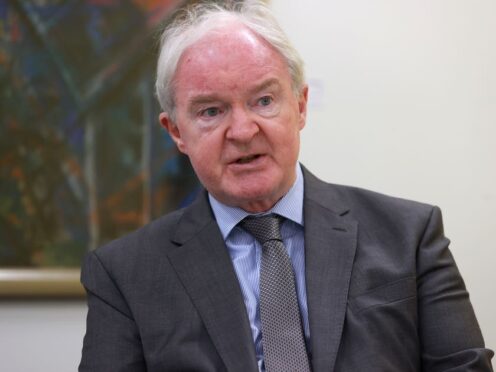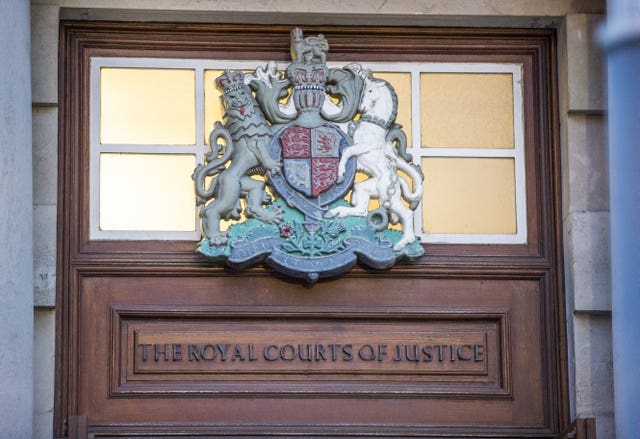
Public hearings will be necessary to test evidence in investigations into some Troubles deaths carried out by a new truth recovery body, its chief commissioner has said.
Sir Declan Morgan, who will lead the Independent Commission for Reconciliation and Information Recovery (ICRIR), said he wanted to be able to offer victims’ families the same opportunities as exist through the current legacy inquests plan.
The ICRIR has outlined transitional arrangements to allow it to continue investigations where inquests into Troubles deaths are at an advanced stage but which will not conclude before May 1.
The commission, which becomes operational next Wednesday, was established by the Government’s controversial Legacy Act and will take over responsibility for hundreds of unresolved Troubles cases.
The new Act received royal assent last year despite widespread opposition from political parties, victims’ organisations in Northern Ireland and the Irish government.

All legacy inquests which have not reached the point of verdict by May 1 will be discontinued.
From this date, bereaved families, victims and certain public authorities can request the ICRIR to carry out an investigation.
It can apply a mechanism to test evidence called Enhanced Inquisitorial Proceedings (EIP).
In any investigation carried out by the commission, if evidence requires further testing, it will be undertaken by EIP.
Regarding inquests which are at an advanced stage but which coroners have not been able to complete, families will be able to request that the commission continues the investigation.
Such cases will move immediately into EIP.
The commission will decide what information needs to be tested and whether any witnesses should be required to attend and give oral information and be questioned.
The ICRIR said that the EIP may take place as part of a public hearing – depending on the sensitivity of information – and questions may be asked on behalf of bereaved families.
The commission said it will take the “same approach as a coroner in inquests and reach findings on the balance of probabilities”.
Sir Declan, former Lord Chief Justice of Northern Ireland, said: “It is important that we provide a thorough investigation of all the circumstances and the Enhanced Inquisitorial Proceedings will allow evidence to be tested, through questioning and public hearings, which will be necessary in some cases.
“Having worked hard to put in place the legacy inquests plan, I understand the value that thorough inquisitorial proceedings can bring and I want the commission to be able to offer everyone the same opportunity to establish the facts of their case.”
An inquest is defined as being at an advanced stage if it has been assigned to a coroner who has determined its scope and identified the properly interested persons, if the disclosure process has begun and if the coroner has heard oral evidence.

Enjoy the convenience of having The Sunday Post delivered as a digital ePaper straight to your smartphone, tablet or computer.
Subscribe for only £5.49 a month and enjoy all the benefits of the printed paper as a digital replica.
Subscribe